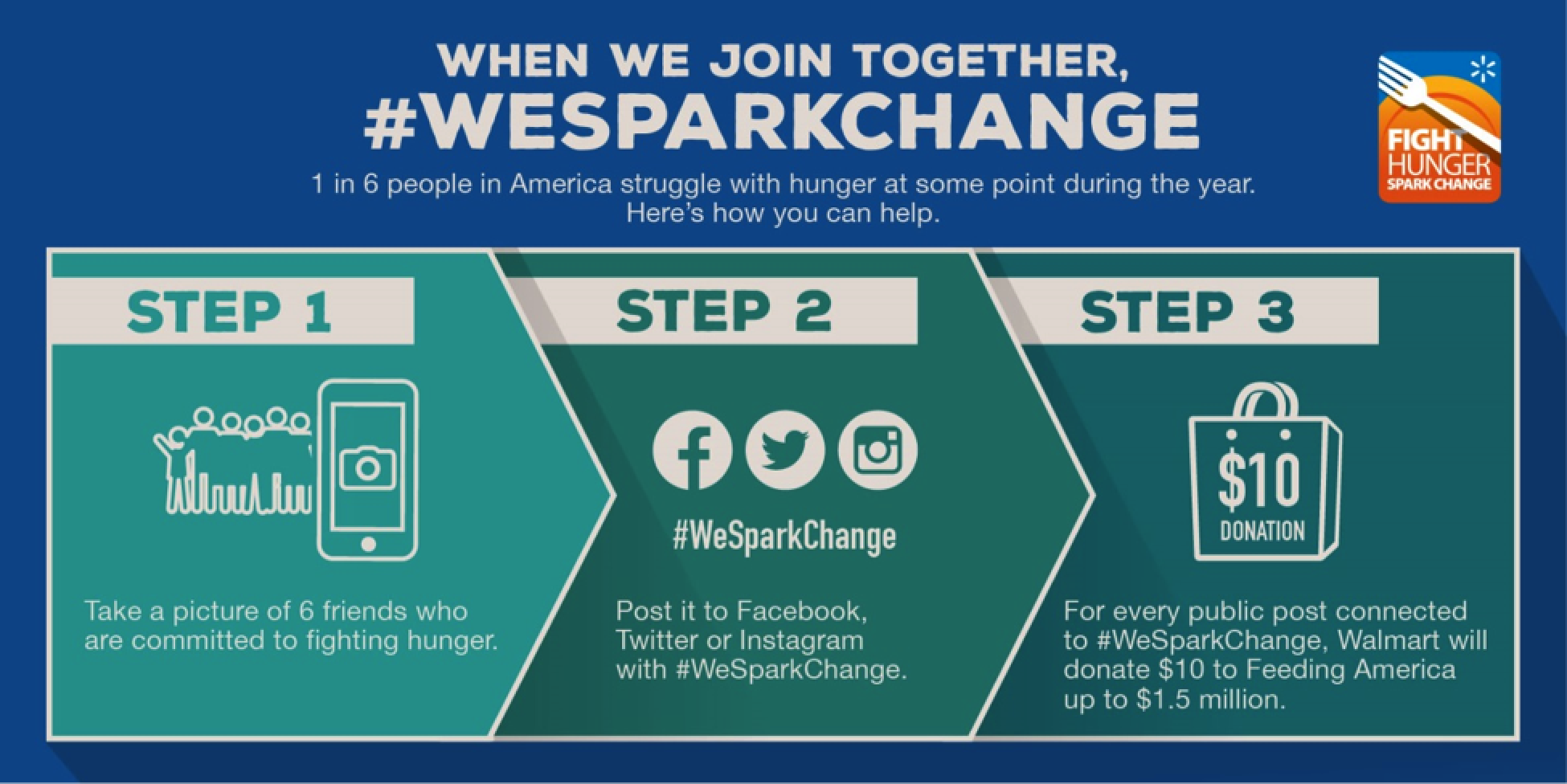
What do you stand for?
What do you believe in?
Are you committed to it?
These are questions we often ask ourselves, or perhaps our friends and family. We latch on to things in life that we care about, that we’re passionate about, and to causes we want to help. But in recent years, these aforementioned questions have extended beyond just our personal lives—they’ve become an integral part of brand marketing.
In fact, many marketing experts believe brands that don’t identify with a cause risk getting left behind altogether.
“We will dispose of brands that we feel are not able to stand for something more important than just making your hair shiny, your skin soft, your clothes whiter or your food tastier.”—Unilever CEO Alan Jope
Jope, for example, has been among the industry’s loudest and most prominent voices when it comes to purpose-driven marketing. Earlier this year, he tore into brands he accused of “woke-washing” while speaking at Cannes Lions, and said brands (who haven’t done so already) must identify their cause and get to work.
Unilever, as an example, is worth noting. In Q2 2019, Jope announced that 28 of Unilever’s sustainable brands (Dove is the big one) grew 69% faster than the rest of its business in 2018.
That’s nothing short of significant.
Why now?
The numbers, as they say, don’t lie.
Cause marketing is influential in how customers—particularly younger generations—pledge brand allegiance and make purchasing decisions. It’s more than just an opportunity to do good and give back; cause marketing, done right, is an opportunity to advance your business.
Here’s what we know: nearly 60% of Americans say they’ll stop buying from a brand that they feel is unethical or supports a cause that runs afoul of what they believe in. An example of this is brands that don’t practice sustainability or support green-focused initiatives, which are among the fastest-growing cause marketing campaigns in the world.
Globally, 91% of consumers willingly switch to a brand that supports a good cause. This collaboration between for-profit and non-profit companies is particularly impactful when capitalizing on a moment, or a movement, that’s gaining attention and momentum. Timing is just as important as execution; simply put: if you’re aligned with a cause that your customers don’t view as important, you’re already a step behind.
The number of consumers who say they would switch from one brand to another if the other brand were associated with a good cause has climbed to 87 percent, a dramatic increase in recent years, according to a Cone Cause Evolution Survey.—Entrepreneur
Proof is in the pudding
There are so many powerful, creative, and meaningful cause marketing campaigns out there, which makes it difficult to highlight our favorites. But we’ll do our best.
In 2014, Walmart launched a massive cause-focused campaign benefiting Feeding America, called “Fight Hunger, Spark Change,” and continues to promote it each year. The company has long been known for its advocacy to end hunger, and the goal of the campaign was to help families gain access to “affordable, healthier and sustainably grown food.”
Specifically in 2017, Walmart donated $10 to Feeding America for every social media post that mentioned #WeSparkChange, and since the campaign’s inception has helped secure the equivalent of 749 million meals. The partnership hoped to reach a cumulative goal of one billion meals by May 20, 2019 for Feeding America (still waiting on those final stats!).

This year, Dove (a Unilever brand) launched its powerful #ShowUs campaign, a UGC-powered initiative that aims to “offer a more inclusive vision of beauty to all media & advertisers.” Dove is working with Girlgaze, Getty Images, and women everywhere to build “Project #ShowUs,” which the company calls “the world’s largest photo library created by women and non-binary individuals to shatter beauty stereotypes.”

Now, that’s a purpose-driven, real campaign.
Another example? The header image in this blog post.
It’s from the Lean In Collection—a product of the partnership between Getty Images and LeanIn.org, the organization founded by Sheryl Sandberg. LeanIn.org and Getty created “a library of images devoted to the powerful depiction of women, girls and the people who support them,” featuring more than 6,000 images of female leadership and equal partnership in contemporary work and life.
Wondering “how can my brand do this?” Here are a few quick tips to formulate your plan, refine it, and bring it to life.
- Select a cause that’s relevant: This is the first (and arguably, most, important) step. A cause that matters, and is in alignment with your company and its values, drives the entire campaign.
- Formulate a support plan: Your campaign must go beyond money. Don’t think in terms of how much you’ll be spending on advertising, content, etc. Think about how you can empower, enlighten, and elevate both your audience and your brand.
- Activate with your advertising: Content, and how it’s presented, is the key. What does your campaign look like? How does it feel to the audience? Authenticity, realness, and keeping your message focused on the cause—not product—are essential to keep in mind, and continuously check yourself against as you build the campaign.
Is cause marketing kind of daunting? Absolutely. And it’s (relatively) new. But the risks involved with associating your brand with cause marketing, at least in this moment, are far outweighed by the risk of not doing it at all.



